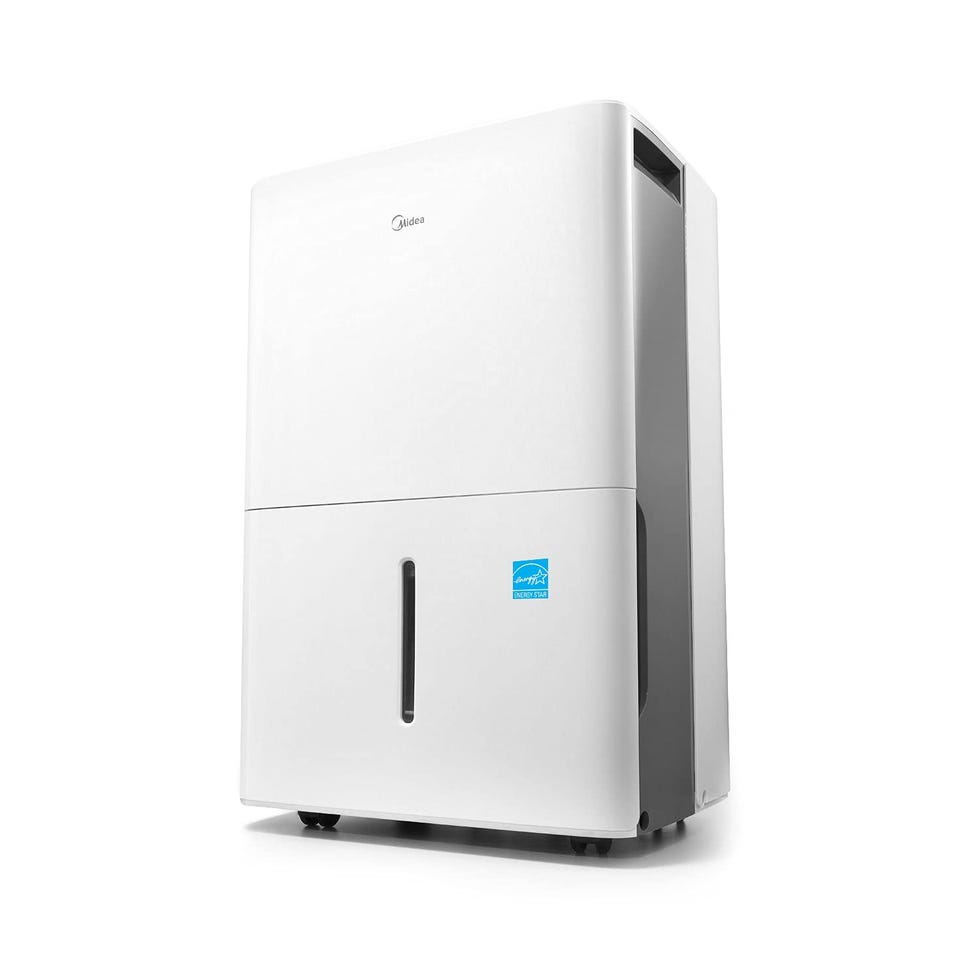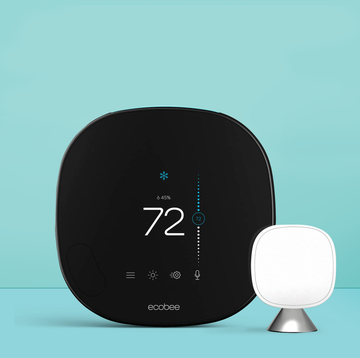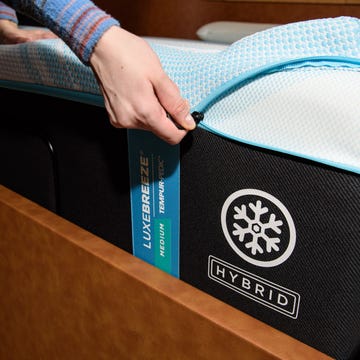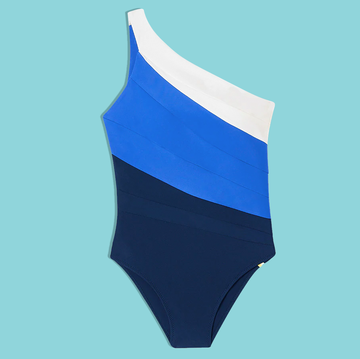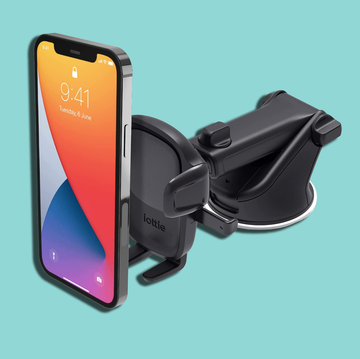4 Best Small Dehumidifiers to Reduce Dampness, Tested by Experts
Get rid of mildew and musty smells from confined areas of the home.

We've been independently researching and testing products for over 120 years. If you buy through our links, we may earn a commission. Learn more about our review process.
If there’s one thing I’ve learned through more than 20 years of testing dehumidifiers, it’s that size matters. Matching the dehumidifier to the square footage of the space it will live in is crucial to achieving optimal performance. It will also stop you from spending more than you need to on a dehumidifier that’s too big for a smaller space, like a bathroom, dorm room or basement home office.
Over the past three years, I’ve led the testing of more than 25 dehumidifiers in the Home Improvement and Outdoor Lab at the Good Housekeeping Institute (along with other home comfort equipment, like air purifiers and portable ACs). My testing partners and I look for models that are best at removing moisture from the air and holding humidity levels steady at the desired set point. "Many balance that performance with excellent energy efficiency and quiet operation," added Nikolas Greenwald, data engineer at the Good Housekeeping Institute, who tested many models in the Lab.
We also send dehumidifiers into the homes of expert testers, who help evaluate usability, convenience features, noise levels and more.
If you’re looking to control the humidity in a small space — which our engineers define as 600 square feet or less — one of the four models featured here will do an excellent job.
Having written thousands of product reviews and how-to articles on all aspects of home ownership, from routine maintenance to major renovations, Dan (he/him) brings more than 20 years of industry experience to his role as the director of the Home Improvement & Outdoor Lab at the Good Housekeeping Institute. A one-time roofer and a serial remodeler, Dan can often be found keeping house at his restored Brooklyn brownstone, where he lives with his wife and kids.
Watch Next

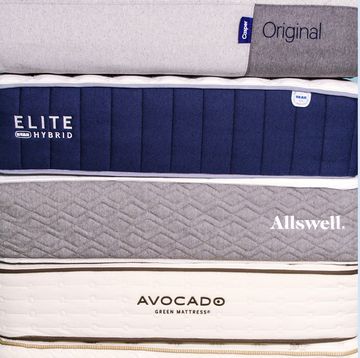
The Best Mattresses

The Best Ironing Boards

The Best Foot Spas
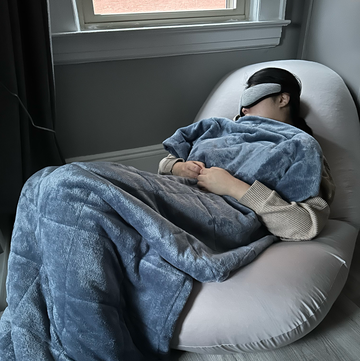
Tested & Reviewed: The Moon Pod Bean Bag Chair

